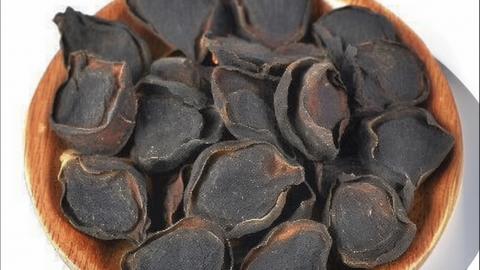Is Qian Shun Pian the same as Hei Shun Pian?
Generally speaking, Pian Fuzi (prepared Aconite root slice) is not Heishunpian, and it is recommended to use the medication under the guidance of a doctor. Detailed analysis is as follows:

Pian Fuzi is a processed traditional Chinese herbal medicine made from the tuberous root of Aconitum carmichaelii (commonly known as Fu Zi). It is prepared by soaking the raw herb in a solution of胆巴 (a salt-containing liquid), followed by soaking in clean water, and then boiling together with tofu. After removing the tofu, the product is dried and made into extremely thin, irregularly shaped slices, with a diameter of 2–2.5 cm. The outer skin appears dark brown to blackish brown, with fine wrinkles, and sometimes small branches can be observed.
Heishunpian, on the other hand, refers to the commonly prescribed Fu Zi in clinical practice, also known as Zhi Fu Zi (processed Aconite root). It has a pungent flavor and warm property, is strongly hot in nature, and is toxic. It is produced through specific processing methods, which may vary depending on the region and the processor. In clinical practice, the appropriate processed product should be selected according to the patient's specific condition and constitution. The two should not be simply regarded as interchangeable. When using traditional Chinese medicine, it is essential to follow medical instructions to ensure safe and effective medication use.
Patients should pay attention to daily health management, maintain good living habits, and avoid consuming foods that may interact with the medication, such as raw or cold foods, greasy foods, and spicy foods, to promote recovery.





